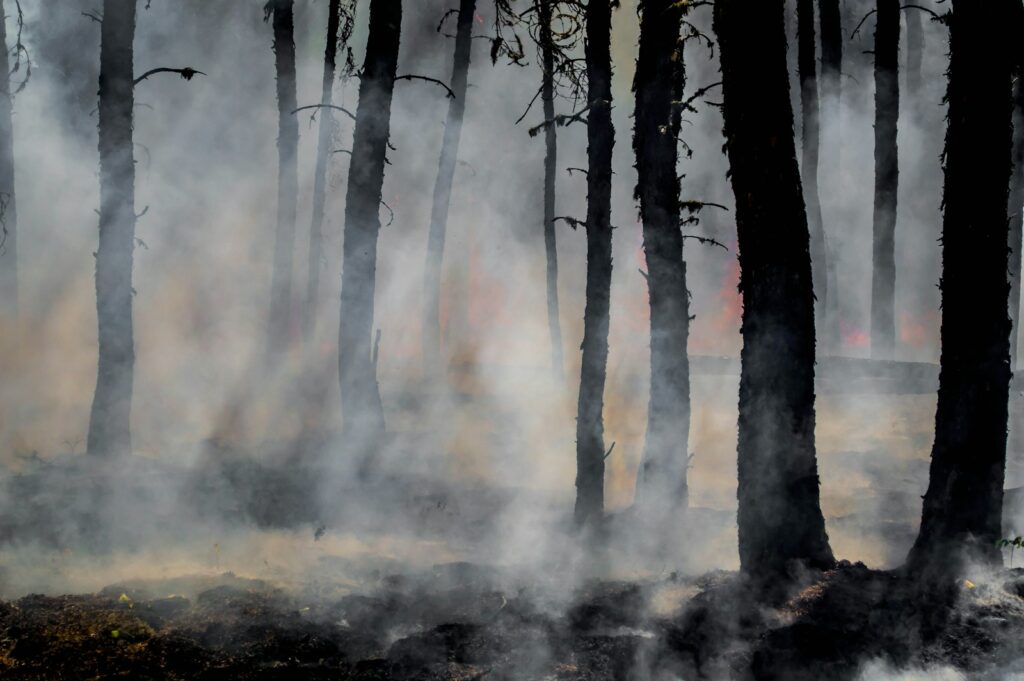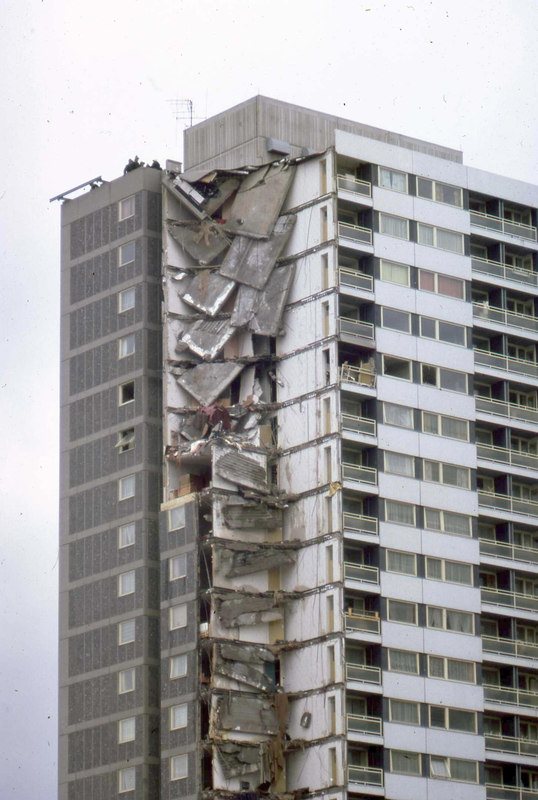
When we consider the robust workplace safety and public health regulations that underpin our daily lives, it’s remarkably easy to take them for granted. We instinctively buckle our seatbelts, navigate buildings with clearly marked emergency exits, and assume that construction sites adhere to stringent guidelines. Yet, these pervasive and life-saving protections were not simply born from good intentions; they are the hard-won legacy of past tragedies – often forgotten, yet profoundly impactful events that forced society to confront its vulnerabilities and demand change. Each standard, each protocol, stands as a silent monument to lives lost, and to lessons painfully learned, etched into the fabric of our modern world.
Our history is, quite literally, paved with good intentions gone awry, ambition unchecked, and critical oversight overlooked. Before the advent of comprehensive regulation, industrial progress often came at an unacceptably steep human cost. The compelling narratives of these forgotten accidents are far more than grim historical footnotes; they are powerful tales of how devastating incidents spurred widespread public outcry, intense investigative scrutiny, and ultimately, decisive legislative action that transformed entire industries and, in their wake, saved countless lives. These are the underlying stories behind the ‘why’ of the essential safety measures we now consider fundamental.
Join us on a journey back in time to explore eleven such pivotal moments—the industrial accidents that, in their sheer horror and profound devastation, etched themselves indelibly into the very fabric of our modern safety standards. These aren’t just narratives of catastrophe; they are powerful sagas of transformation, revealing how a series of shocking, often preventable events nudged nations toward significantly safer workplaces, tougher, more enforceable regulations, and a deeper understanding of human protection and well-being. Prepare to uncover the hidden histories that shaped the world we live in today, beginning with five unforgettable tragedies.

1. **The Pemberton Mill Collapse Shocked a Whole Town**In January 1860, the bustling textile hub of Lawrence, Massachusetts, was plunged into unimaginable chaos. The Pemberton Mill, packed with heavy machinery and hundreds of workers, violently collapsed. The structure, it was discovered, simply could not handle its immense load, transforming a workplace into utter devastation. The sound was deafening, followed by an eerie silence broken only by desperate cries from beneath the rubble. The tragedy compounded when an uncontrollable fire erupted amidst the wreckage that night, sealing the fate of many trapped and adding an unbearable layer of horror.
The final death toll reached approximately 145 people, making it one of the deadliest industrial accidents of its era, a stark reminder of human vulnerability in structural failure. Investigations quickly revealed a disturbing truth: the mill’s construction had been shamefully rushed, with critical corners cut to save money—a common practice, as documented by PEF Communicator. This lax approach to structural integrity and worker safety proved to be a catastrophic flaw, directly leading to the collapse and tragic loss of lives.
While immediate, sweeping reforms were slow, this disaster ignited crucial early conversations about the desperate need for standardized building codes and enforceable workplace safety regulations. It planted the seeds for future action, highlighting a pressing issue that could no longer be ignored by industrialists or policymakers. The ghost of Pemberton Mill would linger as a warning, urging for a future where lives were valued above ledger sheets.

2. **The Monongah Mining Disaster Changed Coal Country Forever**In December 1907, just before Christmas, the tranquil town of Monongah, West Virginia, was violently shattered by a series of colossal explosions echoing deep within its coal mines. This was an unparalleled catastrophe that mercilessly claimed the lives of more than 350 miners, many of whom were recent immigrants seeking a better life. Their dreams tragically ended in the suffocating dark depths of Monongah, a place forever associated with immense loss.
The unfathomable scale of the loss left an indelible legacy of hundreds of newly widowed women and countless orphaned children. This profound tragedy exposed, in the starkest terms, the perilous and often barbaric nature of coal mining at the turn of the century. Minimal oversight and a severe lack of adequate safety equipment created a highly combustible recipe for disaster. As detailed by Medium, the primary cause was a lethal combination of coal dust and methane gas, ignited by a single spark deep underground.
News of the disaster spread rapidly, fueling a powerful wave of public outcry. This collective grief and righteous anger demanded swift, decisive action, forcing a spotlight onto the abysmal working conditions. In direct response, a vital federal agency was quickly established: the U.S. Bureau of Mines. This new organization was tasked with investigating mine safety, developing safer practices, and proactively preventing future accidents. It marked a significant turning point for coal country, signaling the critical need for robust federal regulation and safer working conditions.

3. **The Hawks Nest Tunnel Disaster Revealed the Dangers of Silica Dust**Between 1927 and 1932, a monumental engineering feat was underway in West Virginia: carving a nearly three-mile-long tunnel through Gauley Mountain. What initially seemed straightforward quickly devolved into one of America’s most horrifying and overlooked industrial health disasters. The rock they tirelessly drilled through was heavily laden with crystalline silica, a dangerous, microscopic substance that would tragically prove to be a silent, invisible killer.
These workers, primarily African American and often migrants, toiled relentlessly in the stifling, dust-choked tunnel. Crucially, they did so without any protective gear or adequate ventilation. Hour after hour, day after day, they continuously inhaled fine silica dust. This microscopic menace, insidious and relentless, gradually and brutally attacked their lungs, leading to a grim and utterly preventable health crisis. Soon, men began falling gravely ill, succumbing to a mysterious and deadly lung disease that decimated their communities.
The medical community eventually identified the insidious culprit: acute silicosis, an irreversible condition that slowly suffocates its victims. Estimates suggest up to 1,000 workers died from this occupational exposure, though the exact number may never be fully known. This silent epidemic painfully highlighted the extreme exploitation and flagrant disregard for human life. This catastrophe brought national attention to the severe, long-term risks of dust exposure, serving as a critical catalyst for occupational health standards and influencing the eventual creation of OSHA.

4. **The Triangle Shirtwaist Factory Fire Forced Fire Safety Reform**On March 25, 1911, the vibrant hum of New York City was abruptly pierced by screams and the acrid smell of smoke as a devastating fire erupted on the upper floors of the Triangle Shirtwaist Factory. This was a horrifying spectacle, a live horror show tragically unfolding for thousands on the streets below, and swiftly became a defining moment in American labor history. The blaze, fueled by mountains of highly combustible fabric scraps, spread with terrifying rapidity, trapping hundreds of workers—predominantly young immigrant women—who had no viable escape route.
In a cruel and cynical twist of fate, designed to prevent unauthorized breaks and theft, many of the factory’s exits, including stairwell doors, were deliberately locked or blocked. This egregious measure effectively transformed the upper floors of the building into a fiery death trap. With no way out, some workers, facing an agonizing choice, made the desperate decision to leap from the ninth and tenth-story windows to their deaths. Others perished inside, consumed by flames or suffocated by smoke, dying within sight of powerless onlookers.
In a horrifyingly brief span of just 18 minutes, 146 innocent lives were brutally extinguished. Public outrage was immediate, fierce, and overwhelmingly widespread, sparking fervent demands for justice, accountability, and a radical improvement in working conditions across all industrial sectors. This catastrophic fire directly led to a groundbreaking wave of new fire safety laws and regulations, including mandates for unlocked exits, regular fire drills, and improved building codes. The Triangle Shirtwaist Factory Fire remains a watershed moment for fire safety and the broader labor rights movement, a perpetual reminder of negligence’s cost.

5. **The Boston Molasses Flood Was More Than Just Sticky Business**In January 1919, Boston’s vibrant North End was struck by an event so utterly bizarre, so unexpectedly catastrophic, that it still sounds like something from a surrealist nightmare. Yet, it was chillingly, tragically real. A colossal, poorly constructed storage tank, brimming with an estimated two million gallons of thick, dark molasses, suddenly and explosively burst open. What ensued was not merely a spill, but a terrifying tidal wave of sticky, viscous syrup that surged through the narrow, crowded streets at an astonishing speed of 35 miles per hour, engulfing everything in its path.
This unprecedented, viscous tidal wave proved incredibly destructive. It crushed buildings, tore apart elevated train tracks, and swept unsuspecting people—men, women, and children—off their feet with terrifying force. The sheer power of the liquid, combined with its adhesive, suffocating nature, made escape nearly impossible for many. In the end, 21 people tragically died, either drowned, crushed, or suffocated by the sweet, dark tide, and over 100 others suffered serious injuries, creating a scene of unprecedented urban chaos.
Investigations into this bizarre, yet deadly disaster quickly unearthed glaring evidence of corporate negligence and a shocking disregard for public safety. The colossal tank had been constructed with shoddy workmanship, utilizing substandard materials, and had never undergone proper engineering stress tests or inspections. The company had been aware of persistent leaks for months, yet chose to ignore complaints and even painted the tank brown to conceal the problem, prioritizing aesthetics over safety. The aftermath led to profound and lasting changes, spurring much stricter building inspections, comprehensive engineering oversight, and robust regulations for large industrial storage tanks.
Continuing our journey through the annals of overlooked calamities, we now delve into another six profound disasters. These events, though perhaps not daily conversation topics, forged crucial changes in industrial safety, environmental protection, and legislative frameworks, shaping the very safeguards we often take for granted today. Each story is a powerful testament to the relentless push for progress born from the ashes of unforeseen—and often preventable—tragedy.
Read more about: Seriously, Where Did They Go? 14 Beloved Ice Cream Flavors That Vanished From Our Freezers!

6. **The Texas City Disaster Redefined Chemical Plant Safety**The tranquil port of Texas City, Texas, was violently shaken in April 1947 by what would become one of the most catastrophic industrial incidents in U.S. history. A French-flagged vessel, the SS Grandcamp, loaded with a highly volatile cargo of ammonium nitrate fertilizer, inexplicably caught fire. The resulting explosion was so immense that it triggered a devastating chain reaction, sending shockwaves and destruction throughout the entire harbor area.
The sheer force of the initial blast, and the subsequent explosions, leveled buildings across the city, leaving an apocalyptic landscape of twisted metal and shattered structures. Nearly 600 people tragically lost their lives, and thousands more sustained horrific injuries. This unparalleled disaster starkly illuminated the profound dangers inherent in the storage and transportation of volatile chemicals, especially when undertaken without the most rigorous safety precautions and meticulous planning.
In the grim aftermath, Texas City became a crucible for change. The tragedy directly spurred sweeping transformations in how chemicals are stored, transported, and handled across the nation. It stands today as a somber yet vital textbook case, forever ingrained in the history of emergency preparedness and industrial safety regulations. The lessons learned here were incredibly hard-won, but absolutely indispensable.

7. **The Willow Island Collapse Exposed Construction Risks**April 27, 1978, marked a dark day for construction safety in the United States when tragedy struck at the Willow Island Power Station in West Virginia. Here, workers were diligently engaged in the monumental task of constructing a cooling tower, an imposing structure destined to become a landmark. However, in a terrifying instant, scaffolding supporting the structure violently gave way.
Fifty-one construction workers, many of whom were not wearing safety harnesses, plummeted to their deaths in a horrifying scene of preventable catastrophe. Investigations swiftly uncovered a disturbing pattern of negligence: the collapse was directly attributed to rushed construction schedules and a shocking lack of adequate safety checks. Concrete had not been given sufficient time to set properly before new, heavy sections were added, creating an inherently unstable and perilous working environment.
This devastating incident served as a stark and urgent reminder that cutting corners in the high-stakes world of construction carries an unacceptably deadly price. It led to a powerful push for the stricter enforcement of construction safety standards. OSHA, the Occupational Safety and Health Administration, significantly increased its oversight, striving to ensure that the vital lessons from Willow Island would prevent similar tragedies in the future.

8. **The Hartford Circus Fire Changed Crowd Safety for Good**A day meant for joy and wonder turned into unimaginable horror in July 1944 when a packed circus tent in Hartford, Connecticut, suddenly burst into flames during a performance. The immense tent, treated with a highly flammable mixture of paraffin and gasoline for waterproofing, became a raging inferno within mere minutes, trapping thousands of spectators. Over 160 people, many of them innocent children, perished in the ensuing chaos.
The horrific loss of life was exacerbated by a tragic confluence of factors. Inadequate exits meant that panic quickly turned into a deadly crush, as desperate attendees struggled to find a way out of the collapsing, burning structure. A severe lack of emergency planning meant that the situation spiraled out of control with terrifying speed, leaving little room for organized escape or effective rescue efforts.
The Hartford Circus Fire became an undeniable catalyst for groundbreaking changes in public safety. Its legacy includes new, imperative laws mandating the use of flame-retardant materials in all public venues. Furthermore, it spurred the development and strict enforcement of fire codes specifically designed for large gatherings, forever raising public awareness about the paramount importance of meticulous emergency preparedness in any crowded space.
.jpg/640px-HD.6D.371_(10856487633).jpg)
9. **The Surry Nuclear Power Plant Accident Raised Radiation Fears**On December 9, 1986, the Surry Nuclear Power Plant in Virginia experienced a tragic accident that, while not involving a radiation leak, sent a chilling reminder of the inherent dangers within nuclear facilities. A feedwater line, a critical component, ruptured unexpectedly. This violent burst released superheated steam with such force and temperature that it instantly claimed the lives of four workers who were performing routine maintenance nearby.
The incident was a profound wake-up call for the entire nuclear industry, emphasizing that even without a direct nuclear release, the environments within these plants could still pose extreme risks. Investigations into the rupture revealed a disturbing truth: the pipe had suffered significant erosion and thinning over time. Crucially, these critical problems had gone completely undetected, a glaring failure attributed to insufficient inspection protocols and oversight.
In the aftermath, the accident underscored the absolute imperative for regular, meticulous maintenance and incredibly rigorous safety checks, not just for the highly sensitive nuclear materials themselves, but for every single piece of equipment within these high-risk environments. The Nuclear Regulatory Commission (NRC) and nuclear plant operators across the nation were compelled to reevaluate and significantly enhance their inspection procedures and maintenance schedules, reinforcing the critical need for strict oversight and unwavering transparency.
From collapsed mills to burning factories, and from underground explosions to towering oil rig fires, these forgotten tragedies serve as powerful, haunting whispers from our past. They remind us that the robust safety standards we often take for granted today are not mere bureaucratic formalities, but hard-won achievements forged in the crucible of immense human suffering. Each mandated seatbelt, every clearly marked exit, and every rigorously enforced regulation is a direct echo of a devastating lesson learned. As we look towards the future of safety, continuously advanced by initiatives like Global Safety Innovation, these historical accounts implore us to remain vigilant, to innovate tirelessly, and to never forget the cost of complacency, ensuring that the sacrifices of the past truly pave the way for a safer tomorrow for all.



